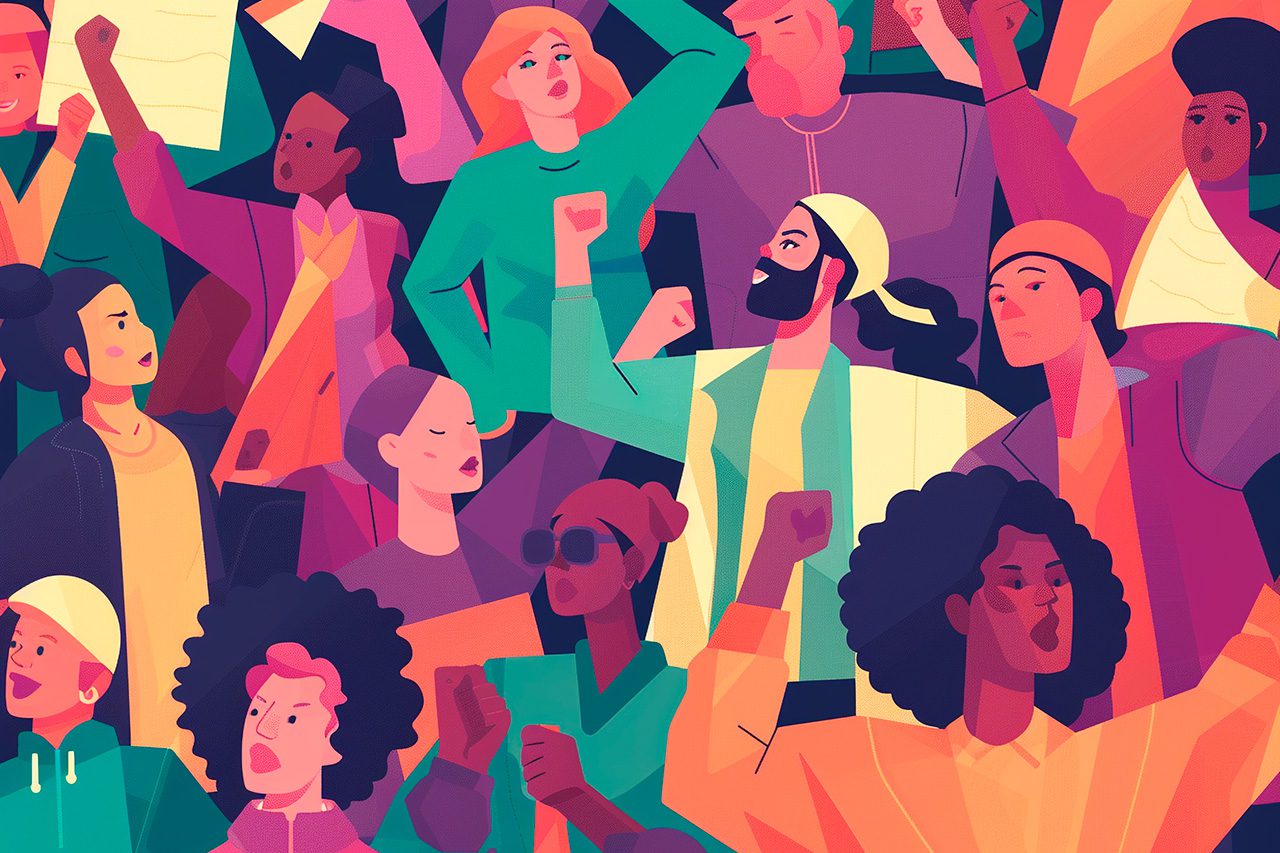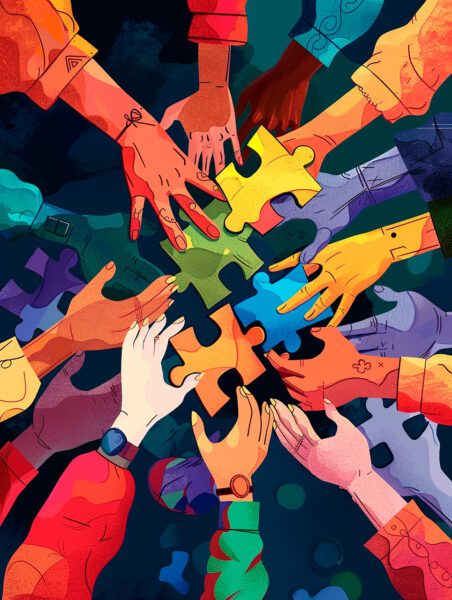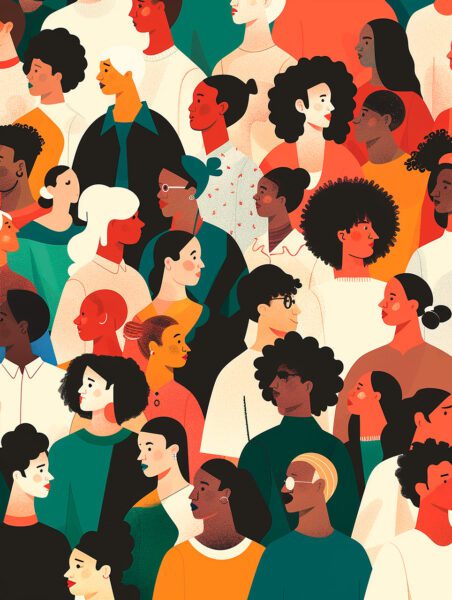Business Transformation: Why Most Will Fail
And what’s needed to make it work
Why performative efforts are eroding trust—and what it takes to build lasting equity.

In recent years, diversity, equity, and inclusion (DEI) has become a central part of public, private, and nonprofit discourse — appearing in strategic plans, leadership messaging, and institutional values. But as political backlash intensifies and organizations retreat from public DEI commitments, it’s time to confront an uncomfortable truth: the way DEI has been practiced in many institutions has failed to deliver on its promise. The disconnect between values and implementation is not only undermining progress — it’s giving opponents ammunition to challenge the legitimacy of the work altogether.
At the heart of the current reckoning is a widespread misunderstanding of what DEI actually is. Critics often frame DEI as ideological, divisive, or even anti-meritocratic — positions that are rooted more in misdirection than reality. But the problem isn’t limited to critics. Many organizations that have adopted DEI language still treat it as a set of abstract values or opt-in activities, not as an integrated, systems-level practice.
 Too often, DEI efforts have been performative — relying on symbolic gestures, one-off training, or reactive hiring goals that lack strategic context or follow-through. These efforts may check boxes or satisfy public expectations temporarily, but they don’t shift power, process, or policy. They don’t change how decisions are made, how people are supported, or how systems reinforce advantage and exclusion.
Too often, DEI efforts have been performative — relying on symbolic gestures, one-off training, or reactive hiring goals that lack strategic context or follow-through. These efforts may check boxes or satisfy public expectations temporarily, but they don’t shift power, process, or policy. They don’t change how decisions are made, how people are supported, or how systems reinforce advantage and exclusion.
Compounding the issue is the lack of adequate resources, authority, and time granted to internal DEI teams. Professionals tasked with driving equity often do so without budgetary autonomy, leadership backing, or the structural levers needed to create durable change. As a result, DEI becomes rhetoric without action — statements without scaffolding — and both internal trust and external credibility suffer.
This gap between language and lived reality has real consequences. When organizations speak the language of inclusion but fail to back it up with policy, structure, or sustained engagement, employees disengage and skepticism grows. Worse, it opens the door for backlash — painting DEI as hollow, elitist, or worse, as a threat. The misinformation that follows — often politically driven — only further obscures DEI’s true purpose and erodes public confidence.
But this moment isn’t just a crisis. It’s a crossroads.
When organizations speak the language of inclusion but fail to back it up with policy, structure, or sustained engagement, employees disengage and skepticism grows.
For DEI leaders and practitioners, this moment calls for a renewed approach — one rooted in clarity, courage, and practical implementation. We must be willing to name the gap between intention and action and help our institutions move beyond it.

That means:
 Educating Around Systemic Change: Helping leaders and staff understand that inequity is not simply the result of personal bias or bad intent — it’s rooted in long-standing systems, structures, and norms that produce unequal outcomes, often without anyone actively trying to discriminate. This means examining how policies are written, how decisions are made, who is centered in those decisions, and whose needs or realities may be overlooked. It also involves surfacing the historical context that shapes current dynamics — such as how housing, education, and employment systems have advantaged some groups while systematically excluding others. By shifting the conversation from individual blame to institutional responsibility, we empower organizations to look beyond isolated incidents and address the deeper, often invisible, mechanisms that perpetuate exclusion. This is where real, sustainable change begins.
Educating Around Systemic Change: Helping leaders and staff understand that inequity is not simply the result of personal bias or bad intent — it’s rooted in long-standing systems, structures, and norms that produce unequal outcomes, often without anyone actively trying to discriminate. This means examining how policies are written, how decisions are made, who is centered in those decisions, and whose needs or realities may be overlooked. It also involves surfacing the historical context that shapes current dynamics — such as how housing, education, and employment systems have advantaged some groups while systematically excluding others. By shifting the conversation from individual blame to institutional responsibility, we empower organizations to look beyond isolated incidents and address the deeper, often invisible, mechanisms that perpetuate exclusion. This is where real, sustainable change begins.The benefits of this work are not abstract. Inclusive systems are more resilient, more innovative, and more humane. They create workplaces where people can contribute fully and communities where everyone has a fair shot. But to get there, we need more than intention — we need action that matches the stakes. This is the DEI work ahead: not louder promises, but deeper practice. Not optics, but outcomes. Not reaction, but resolve.
Related Content
Comments
Deep Dives

Featuring
Clarisse Awamengwi
IE Correspondent
July 17 - 12:00 PM EST

Featuring
Russell McLeod
July 24 - 12:00 PM EST
RECENT
Editor's Picks
Webinars
News & Events
Subscribe to our newsletter to receive updates about new Magazine content and upcoming webinars, deep dives, and events.
Become a Premium Member to access the full library of webinars and deep dives, exclusive membership portal, member directory, message board, and curated live chats.
At Impact Entrepreneur, we champion fearless, independent journalism and education, spotlighting the inspiring changemakers building the Impact Economy. Diversity, equity, sustainability, and democracy face unprecedented threats from misinformation, powerful interests, and systemic inequities.
We believe a sustainable and equitable future is possible—but we can't achieve it without your help. Our independent voice depends entirely on support from changemakers like you.
Please step up today. Your donation—no matter the size—ensures we continue delivering impactful journalism and education that push boundaries and hold power accountable.
Join us in protecting what truly matters. It only takes a minute to make a real difference.
0 Comments